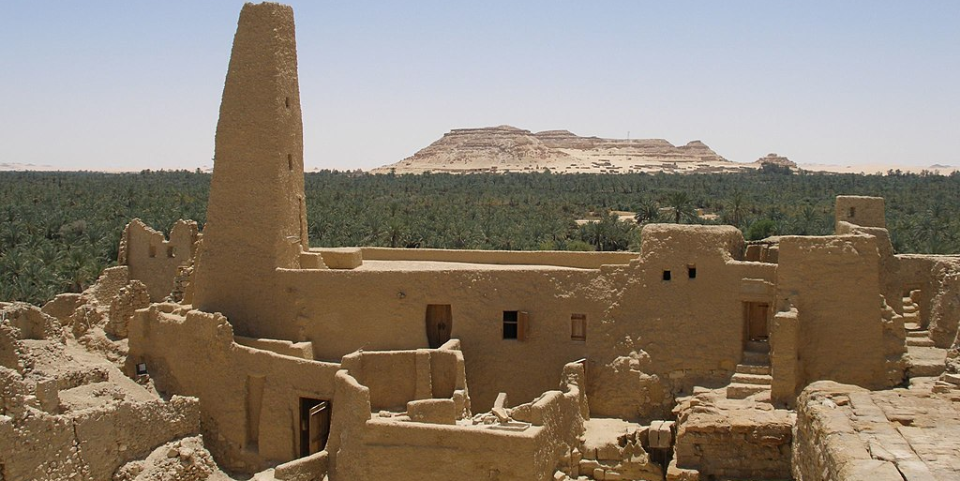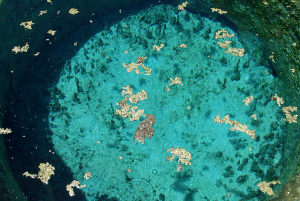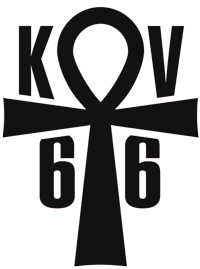“Siwa remains one of the most isolated districts in Egypt, surrounded by the golden sands of the Sahara.”
~ Excerpt From KV 66: League of the Sacred Ankh
![]() The ancient Egyptian name for the Siwa Oasis was sḫt jꜣmw, which literally translates to “Field of Trees.”
The ancient Egyptian name for the Siwa Oasis was sḫt jꜣmw, which literally translates to “Field of Trees.”
Although the Oasis was known to have settlements as far back 10,000 years BCE, the only archaeological sites of any significance date from Ancient Egypt’s 26th Dynasty around 525 BCE and particularly around the time of Alexander the Great. In fact, legend has it that Alexander initially reached the Oasis by following birds across the desert.
Here at the Oracle of Amun, he was confirmed as divine and the legitimate Pharaoh of Egypt. Not surprisingly, later on, during his period of Empire building, he wished to be buried upon his death in Siwa. However, where his body was ultimately buried, still to this very day remains a mystery!

Siwa is now an urban oasis with over 30,000 people, most of whom are Berbers, an ethnic group found right across the North African Sahara Desert region. Siwa is located between the Qattara Depression and the Great Sand Sea of Egypt’s Western Desert, close to the Libyan Border, some 350 km from Cairo.
The Oasis is one of Egypt’s most remote settlements. Because of this, over the millennia, the people living there developed a unique desert culture and even their own language dialect called Siwi.
 In addition to the oracle temple, other interesting historical sites include the Gebel al Mawta (the Mountain of the Dead), a Roman-era necropolis featuring dozens of rock-cut tombs, and “Cleopatra’s Bath,” an antique natural spring where it said that Cleopatra swam.
In addition to the oracle temple, other interesting historical sites include the Gebel al Mawta (the Mountain of the Dead), a Roman-era necropolis featuring dozens of rock-cut tombs, and “Cleopatra’s Bath,” an antique natural spring where it said that Cleopatra swam.
This natural spring is one of nearly 200 from which over 190,000 square meters of water flows daily. Sulphur-rich hot springs are also present and often used by visitors to help heal rheumatic diseases.
The biodiversity of Siwa is immense complete with sand dunes, highlands, and wetlands. With agriculture being one of the primary sources of income for the area, Siwa boasts hundreds of thousands of trees providing dates, olives, apricots, lemons, pomegranates, and figs. Other aromatic and medicinal plants are also harvested for products, including mint, poppy, castor oil, licorice, millet, and basil, to name a few.
Siwa remains a hidden gem amongst Egypt’s more famous tourist destinations and an absolute must-see on one’s bucket list!
